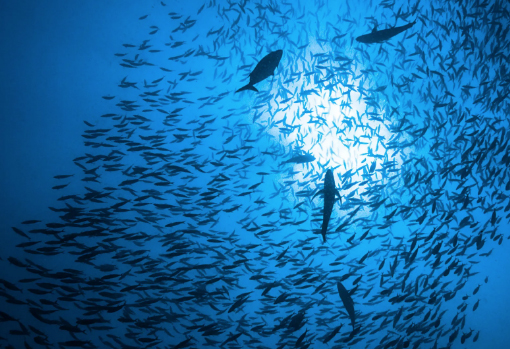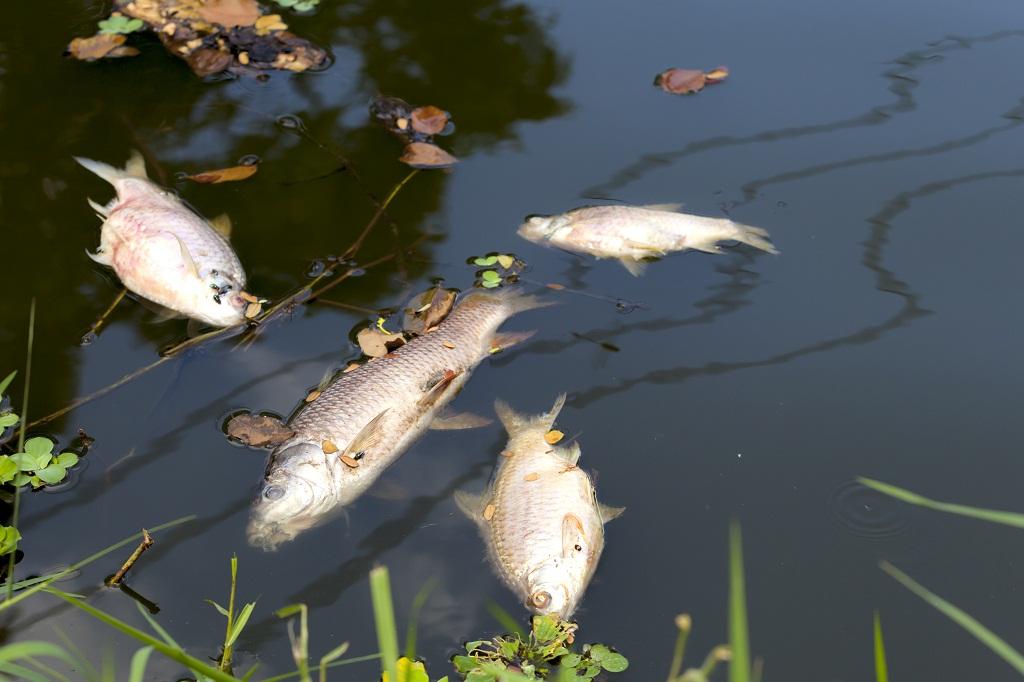Climate change leading to frequency of fish mass extinctions
The frequency of fish die-offs, or mass mortality events, has increased as the planet's climate has warmed. Read more on Dynamite News:

Arkansas (US): The frequency of fish die-offs, or mass mortality events, has increased as the planet's climate has warmed. These die-offs can have serious consequences for ecosystem function, endanger existing fish populations, and reduce global food supply. And the frequency of these events appears to be increasing, with potentially disastrous consequences for the world if global carbon emissions are not significantly reduced by the end of the twenty-first century.
That is the conclusion of a recent paper co-authored by two members of the University of Arkansas Department of Biological Sciences: doctoral student Simon Tye and associate professor Adam Siepielski, as well as several of their colleagues.

The study, "Climate warming amplifies the frequency of fish mass mortality events across north temperate lakes," compiled 526 documented cases of fish die-offs in Minnesota and Wisconsin lakes between 2003 and 2013. The researchers discovered three major causes of these events: infectious diseases, summer kills, and winter kills.
The researchers then narrowed their focus to summer kills or fish deaths caused by high temperatures. They discovered a strong relationship between local air and water temperatures and the occurrence of these events, implying that the frequency of these events increased as temperature increased. Furthermore, their models that used either air or water temperature produced similar results, which is significant because air temperature data is more widely available around the world than water temperature data.
Finally, after establishing a historical baseline, the team used air and water temperature-based models to predict the frequency of future summer kills.
Also Read |
Health: Climate change is affecting drinking water quality, says study
The outcomes were sobering. The models predicted a six-fold increase in the frequency of fish mortality events by 2100 based on local water temperature projections, while local air temperature projections predicted a 34-fold increase. Importantly, these forecasts were based on temperature projections from the most severe climate change scenario, which was the only one with the data needed for these analyses.
"If there are eight summer kills now, the models suggest we could have about 41 per year based on water temperature estimates or about 182 per year based on air temperature estimates," Tye explained.
"We believe the water temperature model's predictions are more realistic, whereas the air temperature model's predictions indicate that we need to better understand how and why regional air and water temperature estimates differ over time in order to predict how many mortality events may occur."
Nonetheless, their models show strong correlations between rising temperatures and the frequency of ecological disasters.

Despite the fact that the study used data from temperate northern lakes, Tye believes it is relevant to Arkansas. "One of the paper's findings is that similar temperature deviations affect all types of fish, such that a regional heatwave could lead to the deaths of both cold- and warm-water fish," he said.
Also Read |
Climate change, health risks escalate amid surge in PoGB deforestation
"Specifically, climate change is more than gradually increasing temperatures because it also increases temperature variation, as we saw for much of this summer," he said.
"As a result, our findings suggest that these rapid temperature changes affect a wide range of fish, regardless of their thermal tolerance."
"This work is important because it demonstrates the feasibility of using readily available data to predict fish die-offs," Siepielski added."As with many other examples of how climate change is harming wild animal populations, this research shows that temperature extremes can be especially harmful."
"The project's large scale, with thousands of lakes and over a million air and temperature data points, is especially impressive," Siepielski added. "Lakes outside the study area, including those in Arkansas and surrounding areas, are unlikely to be immune to the increasing frequency of these events." (ANI)
 Dynamite News
Dynamite News 